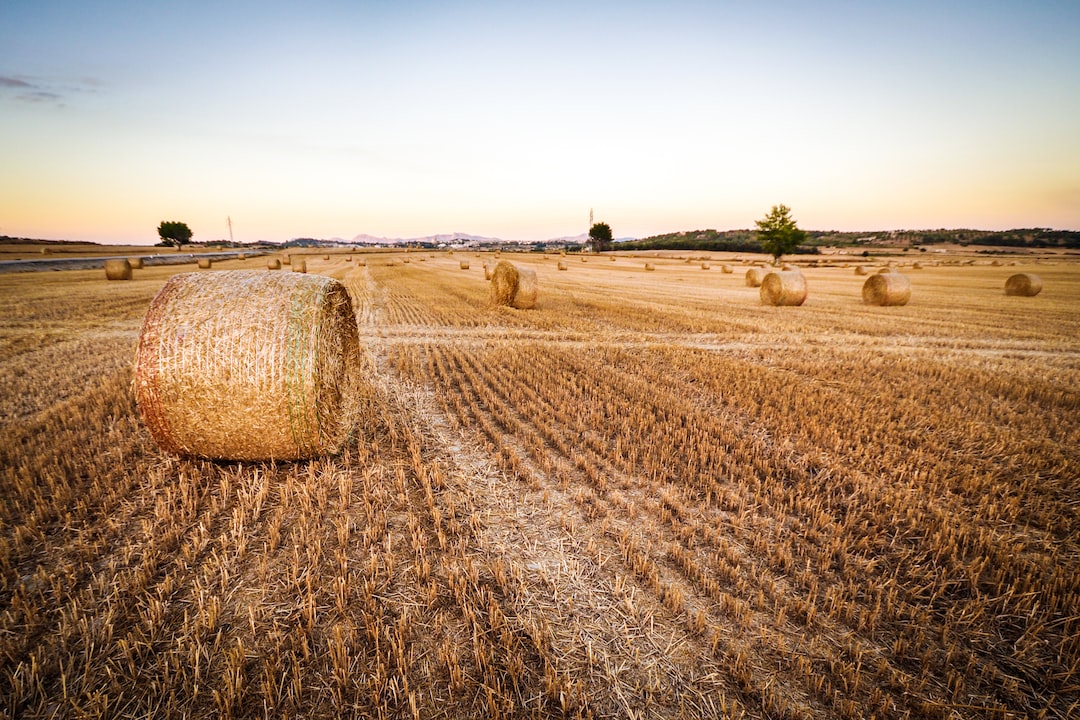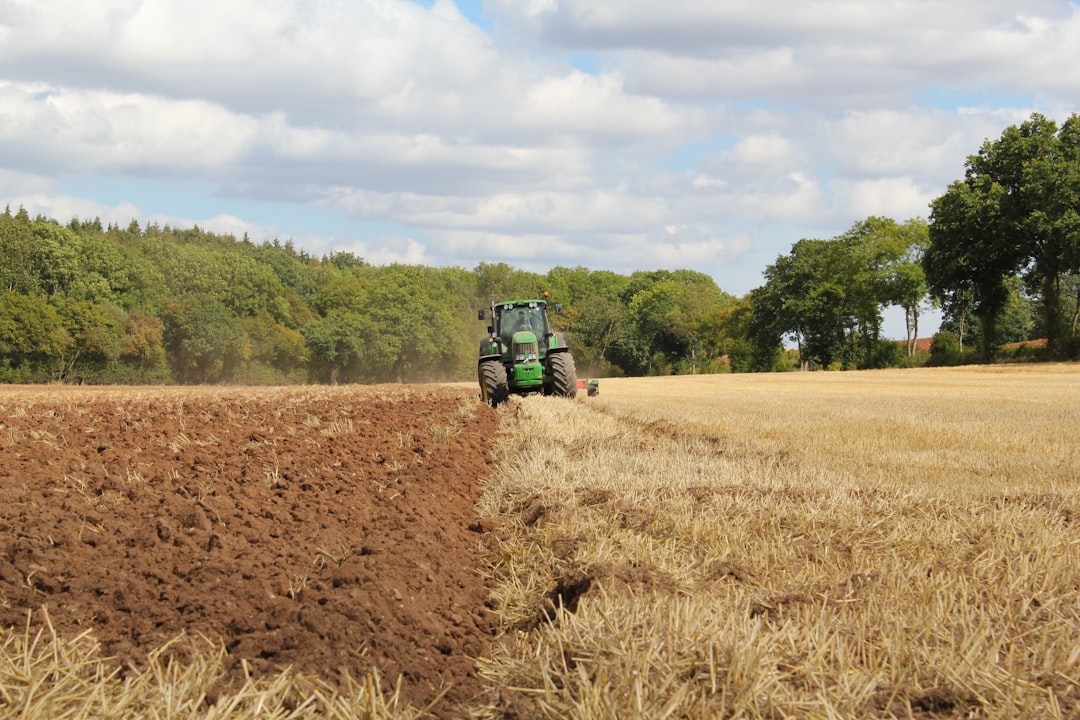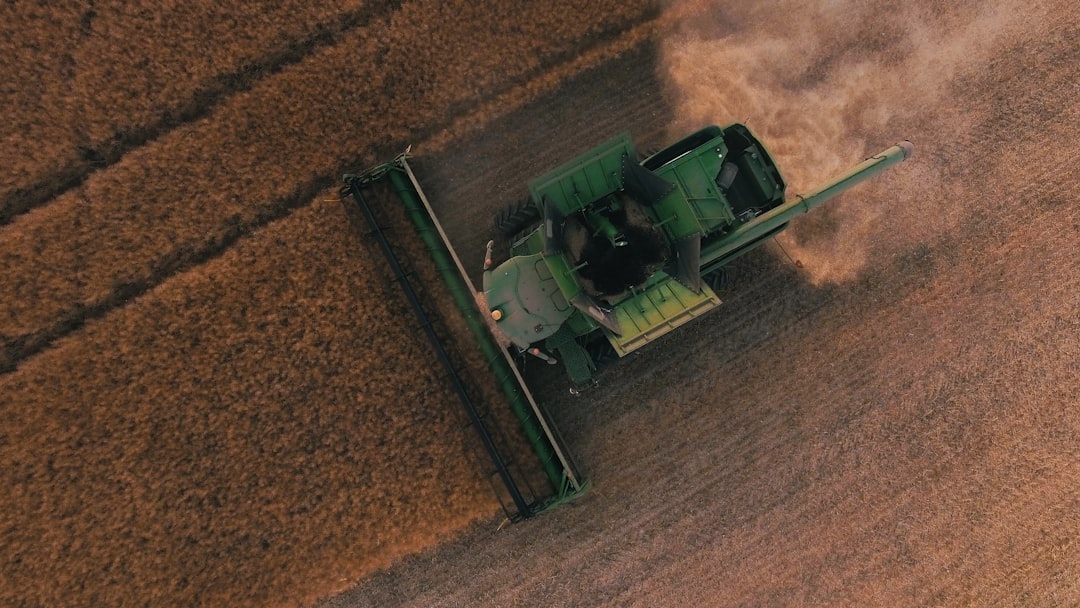As the world population continues to grow, the demand for food also increases. Agriculture has always been an essential part of human civilization, and it continues to play a significant role in feeding the world’s population. However, with the increasing demand for food, farmers are facing several challenges, such as climate change, water scarcity, and soil degradation. To overcome these challenges, agriculture needs to become more efficient, sustainable, and productive. Artificial intelligence (AI) has the potential to transform agriculture by providing farmers with data-driven insights that can help them make better decisions. In this blog post, we will explore how AI is revolutionizing agriculture by improving crop monitoring, yield prediction, soil analysis, and livestock management, among others. We will also discuss the benefits of smart farming, which combines AI and the Internet of Things (IoT) to create a more efficient and sustainable agricultural system. Join us as we delve into the fascinating world of AI-powered agriculture and explore the future of farming.
Smart Farming: Precision agriculture with AI and IoT
Smart farming is the future of agriculture, and AI and IoT are at the forefront of this technological revolution. With the help of AI and IoT, farmers can monitor their crops and livestock in real-time, predict yields, and make data-driven decisions to optimize their farm’s productivity.
Precision agriculture is the practice of using technology to monitor and manage crops with greater accuracy and efficiency. AI and IoT devices such as sensors, drones, and cameras can be used to collect data on soil moisture, temperature, and nutrient levels, as well as on crop growth and health. This data can then be analyzed using AI algorithms to provide insights and recommendations on how to optimize crop production.
One of the key benefits of precision agriculture with AI and IoT is that it allows farmers to identify and address problems early on. For example, if a section of a field is showing signs of stress, AI-powered sensors can quickly detect the problem and provide recommendations on how to address it before it spreads to other parts of the field.
AI-powered precision agriculture can also help farmers reduce waste and save resources. By monitoring soil moisture levels and weather patterns, farmers can optimize irrigation and fertilizer usage to reduce water and nutrient waste. This not only saves resources but also helps to reduce the environmental impact of agriculture.
Overall, smart farming with AI and IoT is revolutionizing the agriculture industry. By providing farmers with real-time data and insights, they can make better decisions, optimize their farm’s productivity, and reduce waste. As AI and IoT continue to evolve, we can expect to see even more innovative solutions for agriculture that will help to feed the growing population sustainably.
One of the key benefits of precision agriculture with AI and IoT is that it allows farmers to identify and address problems early on.
Crop Monitoring: Real-time crop health monitoring with AI
As the world population continues to grow, so does the demand for food. With limited arable land and resources, farmers are turning to technology to optimize crop production and reduce waste. One of the most promising technologies in this regard is Artificial Intelligence (AI) which can revolutionize crop monitoring and management.
Real-time crop monitoring is a critical component of precision agriculture. By using sensors, drones, and other IoT devices, farmers can collect vast amounts of data about their crops. However, this data is often overwhelming and difficult to analyze. This is where AI comes in. AI algorithms can process this data to provide actionable insights that can help farmers make informed decisions about their crops.
AI-powered crop monitoring can help farmers identify crop diseases, nutrient deficiencies, and other problems early on. This can help prevent crop losses and reduce the need for harmful pesticides and fertilizers. By using AI to monitor crop health, farmers can also optimize irrigation and other inputs to reduce waste and improve yields.
One of the most exciting developments in AI-powered crop monitoring is the use of computer vision. By analyzing images of crops taken by drones or other devices, AI algorithms can detect subtle changes in color, texture, and shape that can indicate crop stress or disease. This can help farmers identify problems before they become visible to the naked eye, allowing them to take corrective action before it’s too late.
AI-powered crop monitoring is still in its early stages, but the potential benefits are enormous. By providing real-time insights into crop health, AI can help farmers optimize their operations, reduce waste, and improve yields. As the technology continues to evolve, we can expect to see even more sophisticated AI algorithms that can help farmers address the complex challenges of modern agriculture.
One of the most promising technologies in this regard is Artificial Intelligence (AI) which can revolutionize crop monitoring and management.
Yield Prediction: AI-powered yield prediction for better farm planning
As the world population continues to grow, the demand for food is also increasing. Farmers are under immense pressure to produce high-quality crops while maximizing their yield. Yield prediction has always been a crucial aspect of farming, and with the help of AI, farmers can now accurately estimate the yield of their crops.
AI-powered yield prediction models use machine learning algorithms to analyze various factors that affect crop yield, such as weather conditions, soil quality, and crop health. These models can predict the yield of a crop with high accuracy, allowing farmers to plan their harvest and optimize their resources accordingly.
One of the most significant benefits of AI-powered yield prediction is that it helps farmers to reduce waste. With accurate yield predictions, farmers can plan their harvest and avoid overproduction, which can lead to spoilage and waste. This not only saves resources but also reduces the environmental impact of farming.
AI-powered yield prediction also helps farmers to make informed decisions about crop rotation and soil management. By analyzing data on soil quality and crop yields, farmers can determine which crops are best suited for a particular area and make adjustments to their soil management practices accordingly.
Moreover, AI-powered yield prediction can help farmers to mitigate the risk of crop failure. By predicting yield, farmers can take proactive measures to protect their crops from pests, diseases, and other factors that could negatively impact their yield.
AI-powered yield prediction is a game-changer for the agriculture industry. It helps farmers to optimize their resources, reduce waste, and make informed decisions about crop management. As AI technology continues to evolve, we can expect to see even more advanced yield prediction models that will further enhance the efficiency and sustainability of farming.
AI-powered yield prediction is a game-changer for the agriculture industry.
Soil Analysis: AI-based soil analysis for better soil health management
As we continue to explore the impact of AI on agriculture, it is important to highlight the role of soil analysis in ensuring better soil health management. Soil is the foundation of agriculture and the quality of the soil directly affects the yield and quality of the crops. Therefore, it is essential to monitor the health of the soil and take necessary measures to maintain its fertility.
Traditionally, soil analysis has been a time-consuming and labor-intensive task. It involves collecting soil samples and sending them to a laboratory for analysis. The results are then interpreted by experts, who provide recommendations for soil management. However, with the advent of AI, soil analysis has become more efficient and accurate.
AI-based soil analysis involves the use of sensors and machine learning algorithms to collect and analyze data on soil health. The sensors are placed in the soil and collect data on various parameters such as moisture content, pH level, nutrient levels, and organic matter content. The data is then fed into machine learning algorithms, which analyze the data and provide insights into the health of the soil.
The benefits of AI-based soil analysis are numerous. Firstly, it provides real-time data on soil health, which enables farmers to take immediate action to maintain soil fertility. Secondly, it is more accurate than traditional soil analysis methods, as it eliminates human error and provides a more comprehensive analysis of the soil. Thirdly, it is cost-effective, as it reduces the need for laboratory testing and expert analysis.
Moreover, AI-based soil analysis can also help in the development of sustainable farming practices. By monitoring soil health, farmers can identify areas that require attention and take necessary measures to improve soil health. This can help in reducing the use of fertilizers and pesticides, which can have a negative impact on the environment.
AI-based soil analysis is a game-changer in the field of agriculture. It provides a more efficient and accurate way of monitoring soil health, which is essential for maintaining soil fertility and ensuring a healthy crop yield. With the use of AI, farmers can take necessary measures to improve soil health and develop sustainable farming practices.
The sensors are placed in the soil and collect data on various parameters such as moisture content, pH level, nutrient levels, and organic matter content.
Livestock Management: AI-Powered Livestock Monitoring and Management
Livestock management is an essential aspect of modern agriculture, and AI technology has revolutionized the way farmers manage their livestock. AI-powered livestock monitoring and management systems provide farmers with real-time insights into the health and behavior of their animals, enabling them to make informed decisions that improve animal welfare, boost productivity, and increase profitability.
One of the key benefits of AI-powered livestock management systems is the ability to monitor animal behavior and health in real-time. By using sensors and cameras, farmers can collect data on a range of parameters, including body temperature, heart rate, and activity levels. This data is then analyzed using machine learning algorithms to identify patterns and anomalies that may indicate health issues or stress in the animals.
AI-powered livestock management systems can also help farmers to optimize feeding and breeding programs. By analyzing data on feed intake and weight gain, farmers can adjust feed rations to ensure that their animals are getting the nutrients they need to thrive. Similarly, by analyzing data on breeding performance, farmers can make informed decisions about which animals to breed and when, improving the genetic quality of their herd or flock.
In addition to improving animal welfare and productivity, AI-powered livestock management systems can also help farmers to reduce their environmental impact. By monitoring animal waste and emissions, farmers can identify areas where improvements can be made to reduce their carbon footprint and comply with environmental regulations.
Overall, AI-powered livestock management systems are a game-changer for modern agriculture. By providing farmers with real-time insights into the health and behavior of their animals, these systems enable them to make informed decisions that improve animal welfare, boost productivity, and increase profitability. As AI technology continues to evolve, we can expect to see even more innovative solutions that help farmers to achieve sustainable and profitable agriculture.
AI-powered livestock management systems can also help farmers to optimize feeding and breeding programs.
Conclusion: The Future of Agriculture with AI
As we have seen in the previous chunks of this blog post, AI has already started revolutionizing the agricultural industry in various ways. From precision farming to real-time crop health monitoring, from yield prediction to soil analysis, and from livestock management to food safety, AI is transforming agriculture in unprecedented ways.
The future of agriculture with AI is even more promising. With the advancement of AI technologies, we can expect to see more innovative solutions that will help farmers to increase productivity, reduce costs, and minimize environmental impact. For instance, AI can be used to optimize irrigation systems, predict weather patterns, and detect pests and diseases before they cause significant damage to crops.
Moreover, AI can help farmers to produce healthier and safer food by ensuring that the food production process is free from contaminants and harmful substances. By leveraging AI-powered sensors and monitoring systems, farmers can track the entire food supply chain from the farm to the table, ensuring that the food is fresh, nutritious, and safe to consume.
In addition, AI can also help to address some of the critical challenges facing the agricultural industry, such as climate change, water scarcity, and food security. By using AI to optimize resource utilization, reduce waste, and improve efficiency, farmers can contribute to sustainable agriculture and promote a more sustainable future for generations to come.
In conclusion, the impact of AI on agriculture is undeniable. From smart farming to livestock management, AI is transforming the agricultural industry and helping farmers to overcome some of the most significant challenges they face. As we look to the future, AI will undoubtedly continue to play a critical role in shaping the future of agriculture and ensuring that we have a sustainable and secure food supply for generations to come.





